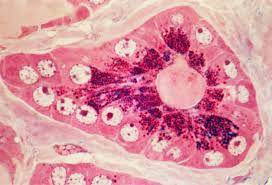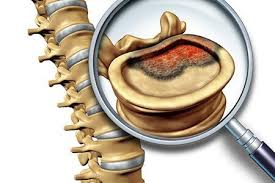1. Research on risk factors – The Claus risk assessment model was used to discover the subpopulation of people who had an autosomal dominant genetic allele that increased their risk from 10% to 92%. This led to the discovery of the BRCA genes associated with breast, ovarian, and prostate cancer.
2. Clinical trial eligibility – The Gail risk assessment model was developed to help researchers determine who to enroll in the NSAPB Breast Cancer Prevention Trials
where chemoprevention was shown to reduce breast cancer risk.
3. Guidelines for doing BRCA testing – BRCA testing is very expensive and practically worthless if done on everyone (because it is so rare to be homozygous for BRCA1 or BRCA2). Mathematical models such as the BRCAPRO, BOADICEA, and Tyrer-Cuzick models can help determine what patients should undergo BRCA testing. The decision for testing is usually made when one of these models predicts a 10% or greater chance that there is a mutation of the BRCA1, BRCA2, or both genes.
4. Guidelines for doing MRI screening for breast cancer – MRI screening for breast cancer is not a cost effective screening test for the general population, but in specific groups, there are clear cut reasons to do so. In general, screening MRI is recommended for women with 20-25% or greater lifetime risk of breast cancer. The BRCAPRO and Tyrer-Cuzick models have been used to help make clinical decisions about ordering MRIs for breast cancer screening.
5. Guidelines for breast cancer therapy – The Gail model is used clinically to help
determine who should be put on tamoxifen or raloxifene for chemoprevention. Other models have been used to help make decisions about breast cancer risk reduction with prophylactic mastectomy.
For these reasons, it is important to understand these models. These models are collectively refered to as “risk assessment tools”. The following paragraphs summarize the most popular and most widely used risk assessment tools. Keep in mind that none of these risk assessment tools apply to breast cancer survivors. No mathematical model has been widely accepted to determine cancer risk in cancer survivors.
General Risk Assessment Tools
Gail Model: The Gail model is a validated risk-assessment model that focuses primarily on nonhereditary risk factors, with limited information on family history. It was developed by scientists at the National Cancer Institute and the National Surgical Adjuvant Breast and Bowel Project (NSABP) to assist health care providers in discussing breast cancer risk to determine their eligibility for the Breast Cancer Prevention Trial. The tool allows one to project a woman’s individual estimate of breast cancer risk over a five-year period of time and over her lifetime. It also compares the woman’s risk calculation with the average risk for a woman of the same age. The Gail Model is an on-line quiz that has 13 questions and is interactive. This calculator is based on published risk statistics and methods gathered from peer-reviewed journals, and has been extensively tested for its validity.
The major limitation of the Gail model is the inclusion of only first-degree relatives, which results in underestimating risk in the 50% of families with cancer in the paternal lineage and also takes no account of the age of onset of breast cancer. It may underestimate risk in certain groups, such as obese patients.
National Cancer Institute Model: The NCI risk assessment tool is essentially a simplified Gail Model that also factors in race. Race is a factor in determining breast cancer risk but is excluded when determining eligibility for clinical trials. This tool is probably the most popular risk assessment tool available to the public as an on-line, interactive risk calculator. The on-line quiz is a shorter, nine-point questionnaire that includes multiple factors, giving a woman her future five-year risk of breast cancer and her lifetime risk of breast cancer.



